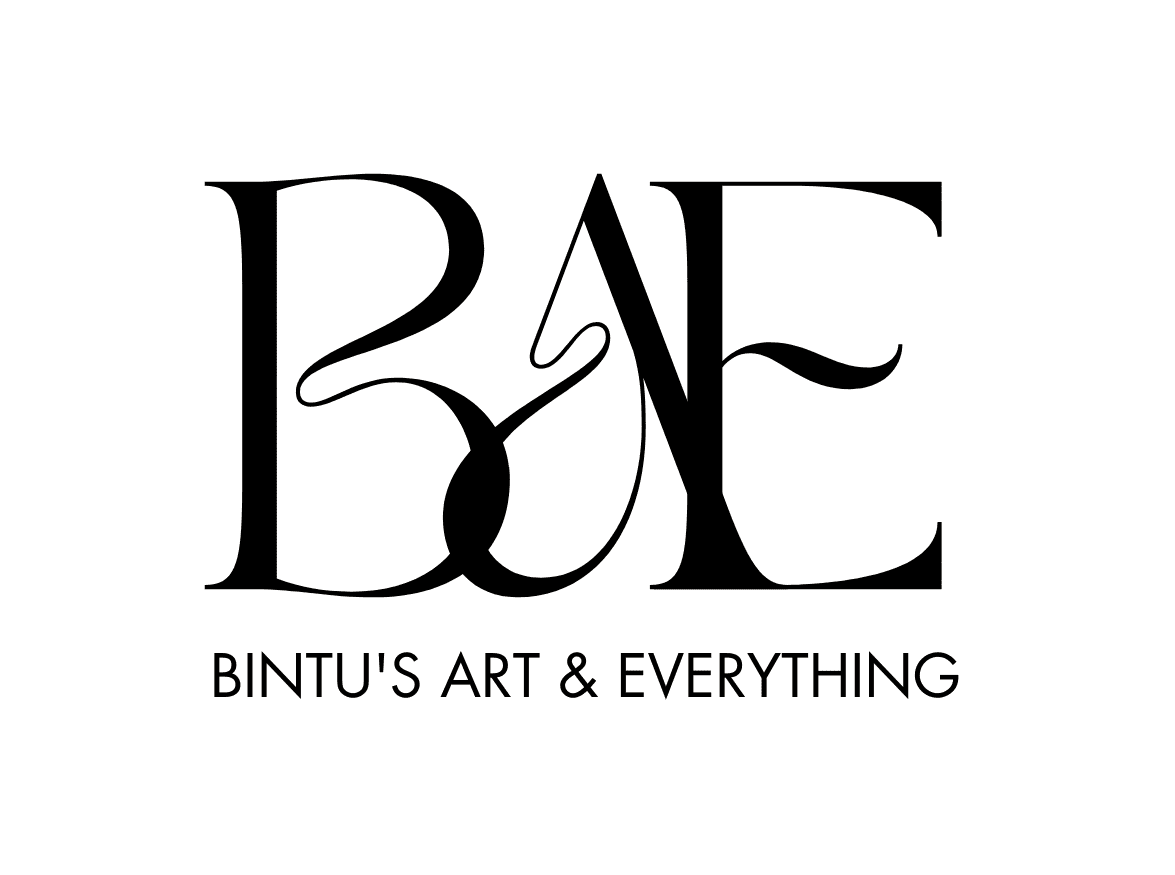Incorporating African Prints into Your Brand’s Visual Identity
African prints are more than just vibrant fabrics; they are a celebration of culture, history, and artistic expression. From the bold geometric patterns of Ankara to the intricate designs of Kente, these textiles carry stories of heritage and identity. For brands looking to stand out in a crowded market, incorporating African prints into their visual identity can create a unique, authentic, and visually compelling presence. This blog post explores how businesses can effectively integrate African prints into their branding, offering practical tips, cultural insights, and creative strategies to ensure a respectful and impactful approach. With a focus on authenticity, versatility, and modern aesthetics, this guide will help you weave African prints into your brand’s narrative while optimizing for SEO.
- Incorporating African Prints into Your Brand’s Visual Identity
- Potential Challenges and How to Overcome Them
- Conclusion
Why African Prints Matter in Branding
African prints have gained global recognition for their bold colors, intricate patterns, and cultural significance. Incorporating them into your brand’s visual identity can offer several benefits:
Cultural Resonance: African prints are deeply rooted in tradition, symbolizing everything from community values to historical events. By using these prints, brands can tap into a rich cultural narrative that resonates with diverse audiences.
Visual Appeal: The vibrant colors and unique patterns of African prints are eye-catching, making them perfect for creating memorable logos, packaging, or marketing materials.
Authenticity and Storytelling: Consumers today value authenticity. African prints provide an opportunity to tell a story that connects with your audience on a deeper level.
Global Appeal: With the rise of African fashion and design on the global stage, incorporating these prints can position your brand as trendy, inclusive, and forward-thinking.
By thoughtfully integrating African prints, your brand can differentiate itself while celebrating cultural diversity. However, it’s essential to approach this process with respect and understanding to avoid cultural appropriation.
Understanding African Prints: A Cultural Overview
Before incorporating African prints into your brand, it’s crucial to understand their origins and significance. Here’s a brief overview of some popular African textiles:
- Ankara: Also known as Dutch wax print, Ankara is characterized by its vibrant colors and bold, repetitive patterns. Originally inspired by Indonesian batik, it has become a staple in West African fashion, particularly in Nigeria and Ghana.
- Kente: A woven fabric from Ghana, Kente is known for its intricate geometric patterns and bright colors, each carrying specific meanings tied to Akan culture.
- Mudcloth (Bògòlanfini): Originating from Mali, mudcloth features earthy tones and hand-drawn patterns, often symbolizing cultural stories or proverbs.
- Adire: A tie-dye fabric from Nigeria’s Yoruba people, Adire is known for its indigo hues and intricate designs created through resist-dyeing techniques.
- Kitenge: Popular in East Africa, particularly Kenya and Tanzania, Kitenge is similar to Ankara but often features softer colors and more varied patterns.
Each of these textiles carries cultural weight, so brands must research and respect their meanings. For example, Kente’s colors and patterns often symbolize specific values like unity or royalty, and using them without context could dilute their significance.
Step-by-Step Guide to Incorporating African Prints into Your Brand
1. Define Your Brand’s Story and Values
Before integrating African prints, clarify your brand’s mission and values. Ask yourself:
- Why do African prints align with your brand’s identity?
- Are you celebrating African heritage, promoting inclusivity, or simply drawn to the aesthetic?
- How will your use of these prints reflect authenticity and respect?
For example, a fashion brand might use Ankara to highlight its commitment to bold, inclusive designs, while a home decor brand could incorporate mudcloth to evoke warmth and cultural storytelling. Ensure your brand’s narrative aligns with the cultural significance of the prints you choose.
2. Research and Collaborate with African Artisans
To avoid cultural missteps, collaborate with African artisans, designers, or cultural experts. This ensures your use of prints is authentic and respectful. For example:
- Partner with local textile makers in Nigeria or Ghana to source authentic Ankara or Kente.
- Work with African graphic designers who understand the cultural context of these patterns.
- Consult cultural historians to ensure your designs honor the prints’ origins.
Collaboration also supports African communities economically and adds credibility to your brand. Highlight these partnerships in your marketing to show your commitment to ethical practices.
3. Choose Prints That Align with Your Brand Aesthetic
Not all African prints will suit your brand’s visual identity. Consider your brand’s color palette, tone, and target audience when selecting patterns. For example:
- Bold Brands: Ankara or Kitenge’s vibrant colors work well for brands aiming for a lively, energetic vibe.
- Minimalist Brands: Mudcloth’s earthy tones and simple patterns can complement a modern, understated aesthetic.
- Luxury Brands: Kente’s intricate designs and historical significance can add a touch of elegance and exclusivity.
Experiment with mockups to see how these prints look in your logo, packaging, or website design. Tools like Adobe Illustrator or Canva can help you visualize the integration.
4. Incorporate Prints Across Your Visual Identity
African prints can be used in various aspects of your brand’s visual identity. Here are some ideas:
Logo Design
Incorporate simplified elements of African prints into your logo. For example, use a geometric Kente pattern as a border or background. Keep the design clean to ensure it’s versatile across platforms.
Website and Social Media
Use African prints as website backgrounds, banners, or social media graphics. For instance, a Kitenge-inspired pattern can frame your Instagram posts, creating a cohesive look. Ensure the prints don’t overwhelm the content—balance them with neutral colors.
Packaging
For product-based businesses, African prints can elevate packaging. A skincare brand could use Adire-inspired designs on boxes, while a coffee brand might use mudcloth patterns on bags. This creates a premium, culturally rich unboxing experience.
Marketing Materials
Incorporate prints into business cards, brochures, or email newsletters. For example, a travel agency could use Ankara patterns in flyers promoting African destinations, reinforcing the cultural connection.
5. Maintain Cultural Sensitivity
Using African prints requires cultural sensitivity to avoid appropriation. Here are some tips:
- Acknowledge Origins: Credit the cultural origins of the prints in your marketing materials. For example, note that your packaging features Ghanaian Kente or Malian mudcloth.
- Avoid Stereotyping: Don’t reduce African prints to generic “tribal” or “exotic” aesthetics. Highlight their specific cultural and historical significance.
- Engage Authentically: Share stories of how you sourced the prints or collaborated with African artisans. Transparency builds trust with your audience.
6. Test and Iterate
Once you’ve integrated African prints, test their impact. Gather feedback from your audience through surveys or social media polls. Monitor metrics like website engagement or product sales to see if the new visual identity resonates. Be open to refining your approach based on feedback.
Case Studies: Brands Successfully Using African Prints
Case Study 1: Dangote Group
- Strategy: Uses Nigerian-inspired patterns in corporate gifts.
- Result: Strengthens local brand loyalty.
Case Study 2: Kuda Bank
- Strategy: Incorporates minimalist Adire motifs in app design.
- Result: Appeals to young, culturally proud Nigerians.
Case Study 3: Shea Butter Cottage (US Brand)
- Strategy: Partners with Ghanaian artisans for authentic packaging.
- Result: Gains ethical branding credibility.
These brands demonstrate how African prints can elevate a brand’s identity while staying true to cultural roots.
Related Article:
- 5 Nigerian Brands Winning at Social Media, And What You Can Steal
- Crafting a Memorable Tagline for Your Nigerian Brand in 2025
- How to Align Your Business Values with Your Brand Voice: A Complete Guide to Authentic Branding
- What Brands in 2025 Can Learn from the Movie Squid Game
SEO Tips for Promoting Your African Print-Inspired Brand
To maximize the reach of your African print-inspired branding, optimize your content for search engines. Here are some strategies:
1. Keyword Research: Use tools like Google Keyword Planner or SEMrush to find relevant keywords, such as “African print branding,” “Ankara designs for business,” or “cultural branding ideas.” Incorporate these naturally into your blog posts, product descriptions, and social media captions.
2. Create Valuable Content: Publish blog posts, videos, or infographics about African prints, their history, and how your brand uses them. For example, a post titled “How to Style Ankara Prints for Your Business” can attract organic traffic.
3. Optimize Visuals: Use alt text for images of your African print designs, including keywords like “Kente pattern logo” or “mudcloth packaging.” This improves accessibility and SEO.
4. Leverage Social Media: Share behind-the-scenes content about your design process on platforms like Instagram and Pinterest, using hashtags like #AfricanPrints, #CulturalBranding, or #AnkaraDesigns.
5. Build Backlinks: Partner with African fashion bloggers or cultural websites to feature your brand. Backlinks from reputable sites boost your SEO ranking.
Potential Challenges and How to Overcome Them
Challenge 1: Cultural Missteps
Misusing African prints can lead to accusations of appropriation. To avoid this, invest time in research, collaborate with cultural experts, and be transparent about your inspiration.
Challenge 2: Overwhelming Designs
African prints can be bold, which may clash with minimalist brand aesthetics. Balance vibrant prints with neutral backgrounds or use them sparingly as accents.
Challenge 3: Sourcing Authentic Materials
Finding high-quality, authentic prints can be difficult. Build relationships with African textile suppliers or work with ethical brands like Vlisco or local artisans.
Challenge 4: Audience Perception
Some audiences may not understand the cultural significance of the prints. Educate them through storytelling in your marketing materials, such as blog posts or videos about the history of Kente or Adire.
Future Trends: African Prints in Branding
The popularity of African prints is set to grow as global interest in African culture continues to rise. Here are some trends to watch:
- Sustainable Fashion: Brands are increasingly using eco-friendly African prints, such as organic cotton Ankara, to appeal to environmentally conscious consumers.
- Digital Integration: African prints are being used in digital art, NFTs, and virtual fashion, offering new opportunities for tech-savvy brands.
- Cross-Cultural Collaborations: More brands are partnering with African designers to create hybrid designs that blend global and local aesthetics.
- Minimalist Adaptations: Simplified versions of African prints are gaining traction, allowing brands to incorporate them into sleek, modern designs.
By staying ahead of these trends, your brand can remain relevant and innovative.
Conclusion
Incorporating African prints into your brand’s visual identity is a powerful way to stand out, tell a compelling story, and connect with diverse audiences. By understanding the cultural significance of prints like Ankara, Kente, or mudcloth, collaborating with African artisans, and integrating these designs thoughtfully, you can create a visually stunning and authentic brand identity. Combine this with SEO strategies to amplify your reach, and your brand can make a lasting impact. Celebrate the beauty and heritage of African prints while building a brand that resonates with today’s global, culturally conscious consumers.
Image Source: Guardian.ng






